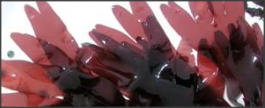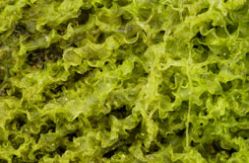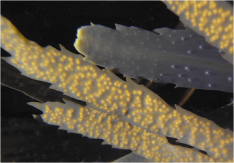SeaweedSeaweeds are found throughout the world's oceans and seas and none is known to be poisonous. Many are actually nice to eat and even considered a great delicacy in many Asian countries. Some recent, healthy recipes can be found. Seaweeds are used in many maritime regions for industrial applications and as a fertiliser. The major direct use of these plants as food is in Japan, China and Korea. Industrial uses of seaweed is mostly centred on the extraction of phycocolloids (marine hydrocolloids), and, to a much lesser extent, certain fine biochemicals. Fermentation and pyrolysis and the use of seaweed as biofuels are not an option on an industrial scale at present, but are possible options for the future, particularly as conventional fossil fuels run out. Seaweeds are being used in cosmetics, and as organic fertilisers. They have the potential to be much more widely used as a source of long- and short-chained biochemicals with medicinal and industrial uses. |







